What To Do About A Squeaky Pasta Machine
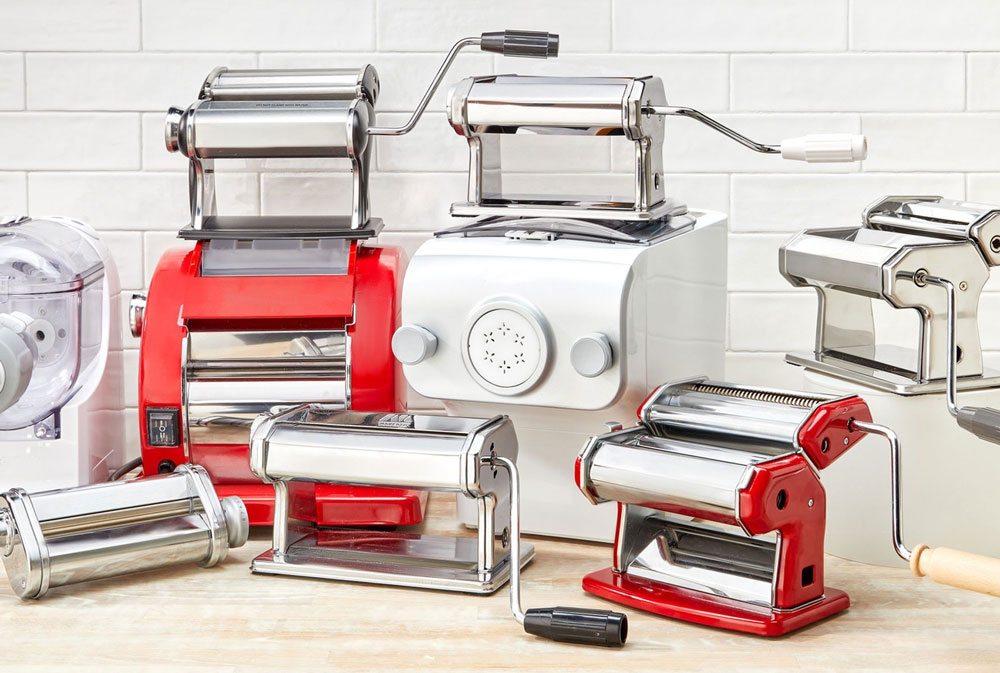
Introduction: Why Does Your Pasta Machine Squeak?
There’s nothing more frustrating than the high-pitched squeak of a pasta machine mid-use. Not only does it disrupt the otherwise enjoyable process of making fresh pasta, but it also signals that something may be wrong with your equipment. The good news? A squeaky pasta machine isn’t a lost cause. Understanding the causes of the squeak can be the key to fixing it, and often, the solution is easier than you think. In this article, we’ll explore the common causes of squeaks in pasta machines, guide you through how to diagnose the problem, and provide step-by-step instructions on how to eliminate that annoying sound for good.
Common Causes of a Squeaky Pasta Machine
The Role of Friction in Squeaking Noises
The primary reason most pasta machines squeak is friction. When moving parts such as rollers, gears, or handles rub against one another without proper lubrication, they can create that unpleasant sound. Friction causes wear over time, so identifying this early can save you from dealing with a larger issue down the line. Friction increases resistance, making it harder for the machine to perform smoothly.
Lack of Lubrication: The Silent Culprit
One of the most common causes of squeaks is the absence of lubrication. Without a proper layer of oil or grease, the internal components of your pasta machine rub together harshly, generating noise. Much like the human body needs joint lubrication to move smoothly, your pasta machine needs lubrication to function quietly and efficiently. A small amount of regular lubrication can make a world of difference.
Worn-out or Misaligned Parts
With consistent use, parts of your pasta machine are bound to wear out. Misalignment can also occur if the machine is used incorrectly or hasn’t been maintained properly. When rollers, gears, or other components move out of alignment, they create additional friction, which leads to squeaks. The longer you leave misaligned parts untreated, the greater the likelihood of further damage.
Debris and Flour Build-Up
Making pasta means working with flour, dough, and other particles that can easily get stuck in the nooks and crannies of your machine. Flour can accumulate in the rollers or gears, obstructing their movement and causing resistance. As the machine operates, the flour or dough residues grind together, resulting in a squeaky noise. Regular cleaning after each use can help prevent this build-up from affecting the machine’s performance.
How to Diagnose the Source of the Squeak
Isolate the Noisy Part of the Machine
To fix the squeak, you first need to figure out exactly where it’s coming from. Carefully observe the machine while it’s in operation and listen for the sound. Is it coming from the rollers, the handle, or the motor? For electric machines, the motor might be the culprit. Identifying the source of the squeak will help you pinpoint which part of the machine needs attention.
Check for Loose Screws or Bolts
Another common cause of squeaking is loose parts. Over time, screws and bolts can loosen, causing the components to move more than they should. This can result in added friction and the squeaky noise you’re hearing. A quick inspection to check if any parts are loose can help you address the issue before it leads to more serious problems.
Inspect the Rollers and Gears for Wear and Tear
The most moving parts in your pasta machine are the rollers and gears. These parts are subject to a lot of pressure and friction, especially with regular use. Check them for signs of wear—if the rollers appear uneven or the gears look damaged, it may be time to replace them. This is particularly true if you’ve been dealing with a squeak for an extended period of time.
Fixing a Squeaky Pasta Machine
Step 1: Turn Off and Unplug the Machine
Safety first! Before you attempt any repairs or maintenance, make sure the pasta machine is turned off and unplugged, especially if it’s an electric model. This will prevent accidents or electrical issues while you work.
Step 2: Clean the Pasta Machine Thoroughly
A build-up of flour, dough, or debris in the machine is a common cause of squeaks. Carefully clean your pasta machine, paying close attention to hard-to-reach places like the gears, rollers, and handles. Use a soft brush or cloth to clear away all flour residue. Cleaning your machine regularly will not only reduce squeaking but also improve its overall performance.
Step 3: Apply Appropriate Lubrication
Once your machine is clean, it’s time to lubricate it. Use food-safe oil or silicone spray to lubricate the rollers and gears. Apply a thin layer of lubricant to the moving parts to reduce friction and eliminate the squeak. Don’t over-apply—just a little is enough to keep the machine running smoothly.
Step 4: Tighten Loose Parts
If you notice any loose screws or bolts, tighten them using a screwdriver or wrench. Loose parts can cause misalignment and extra friction, which contributes to the squeaky noise. Be cautious not to overtighten, as this can damage the threads or the parts themselves.
Step 5: Replace Worn Parts
If your rollers, gears, or other components are visibly worn or damaged, it’s time to replace them. Order the appropriate replacement parts from the manufacturer or a trusted supplier. Replacing worn parts will restore your machine to its original functionality and prevent future squeaks.
Preventative Measures to Avoid Future Squeaks
Regular Lubrication: How Often Should You Lubricate Your Pasta Machine?
To keep your pasta machine running quietly and smoothly, lubrication is essential. How often you lubricate your machine depends on how frequently you use it. If you make pasta often, lubricate it every few months. If you use it less frequently, lubricating it once or twice a year should suffice.
Proper Cleaning After Every Use
After each pasta-making session, make it a habit to clean your machine. Flour and dough can accumulate in the machine, leading to friction and squeaks. Wipe down the rollers, gears, and handle after every use to keep everything clean and smooth.
Avoid Overloading the Machine
Each pasta machine has a specific capacity that it can handle. Overloading the machine with too much dough can put unnecessary strain on the parts, causing them to rub against each other more than they should. Always follow the manufacturer’s guidelines for dough size and thickness.
Use the Right Type of Dough
If your dough is too thick or sticky, it may cause the rollers to resist movement, resulting in squeaks. Be sure your dough is the right consistency—neither too dry nor too wet—and adjust it as needed for smoother rolling.
When to Seek Professional Repair or Replacement
Signs That Your Pasta Machine Needs Professional Repair
If you’ve followed all the steps to fix the squeak and the problem persists, it may be time to consult a professional. Grinding or clunking noises, difficulty turning the handle, or an inability to fix the squeak are signs that internal components may be damaged or misaligned.
Can You Fix It Yourself, or Do You Need a Specialist?
Some pasta machine repairs, like lubrication or cleaning, can be done at home. However, more complex issues—such as motor failure or broken gears—require specialized knowledge. If you’re unsure how to proceed, it’s best to take your machine to an expert.
How to Find Replacement Parts for Your Pasta Machine
If your pasta machine needs parts replaced, ensure you’re sourcing the right components. Check the manufacturer’s website or contact them directly to find authentic replacement parts for your specific model.
How to Extend the Life of Your Pasta Machine
Regular Maintenance for Longevity
Routine maintenance is key to ensuring your pasta machine lasts for many years. Regular cleaning, lubrication, and tightening can prevent small issues from becoming bigger problems down the road.
Proper Storage: Protecting Your Pasta Machine from Damage
When not in use, store your pasta machine in a clean, dry place. Avoid storing it in humid environments, which can cause rusting. Keep the machine covered or in a storage box to protect it from dust and debris.
Avoid Excessive Force: Using the Machine Correctly
To avoid damaging your pasta machine, always handle it with care. Don’t force the rollers or the handle—use the machine according to the manufacturer’s guidelines to keep it in top working condition.
Troubleshooting Other Common Issues with Pasta Machines
Slow or Stiff Rollers: What Causes This and How to Fix It
If the rollers are slow or stiff, it could be due to lack of lubrication or misalignment. Cleaning the machine and applying lubricant should solve this problem. If the rollers are still stiff, check for damaged parts that may need replacing.
Difficulty Turning the Handle: How to Address It
A stiff or difficult-to-turn handle could indicate a lack of lubrication or misaligned gears. Apply oil and check for any misaligned components to resolve the issue.
Pasta Not Cutting Properly: Identifying the Source of the Problem
If the pasta cutter isn’t working correctly, it could be due to clogged blades or dull cutters. Clean the cutters thoroughly and, if necessary, replace them with new ones to restore smooth cutting action.
The Importance of Following the Manufacturer's Instructions
Why You Should Always Refer to the User Manual
The user manual provides invaluable guidance on how to maintain your pasta machine and troubleshoot common problems. Following the manufacturer’s advice ensures that you keep the machine functioning properly and avoid voiding the warranty.
How to Properly Maintain Your Machine According to the Manufacturer
Every pasta machine has specific maintenance needs. Adhering to the recommended schedule for cleaning, lubrication, and part replacement is essential for keeping the machine in top working order.
Conclusion: Keeping Your Pasta Machine Squeak-Free for Years to Come
With the right maintenance, your pasta machine can operate quietly and efficiently for many years. By regularly cleaning, lubricating, and inspecting the machine for wear and tear, you’ll be able to eliminate squeaks and enjoy the process of making fresh pasta without interruption. Keep your machine in top shape, and it will continue to serve you well, making pasta nights a delightful experience each time.
Must-Read Blogs For Chain Restaurants Owner








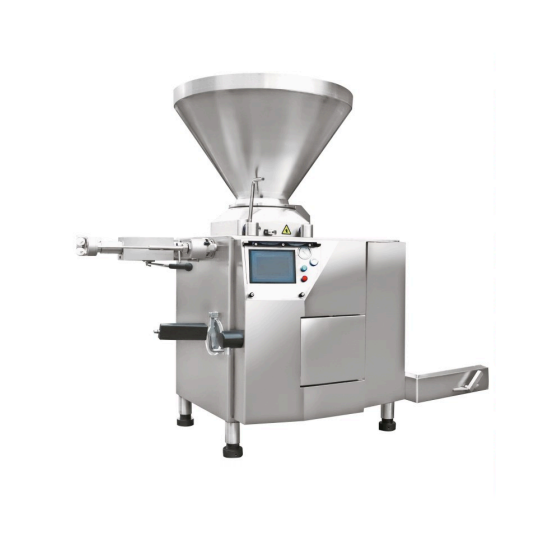
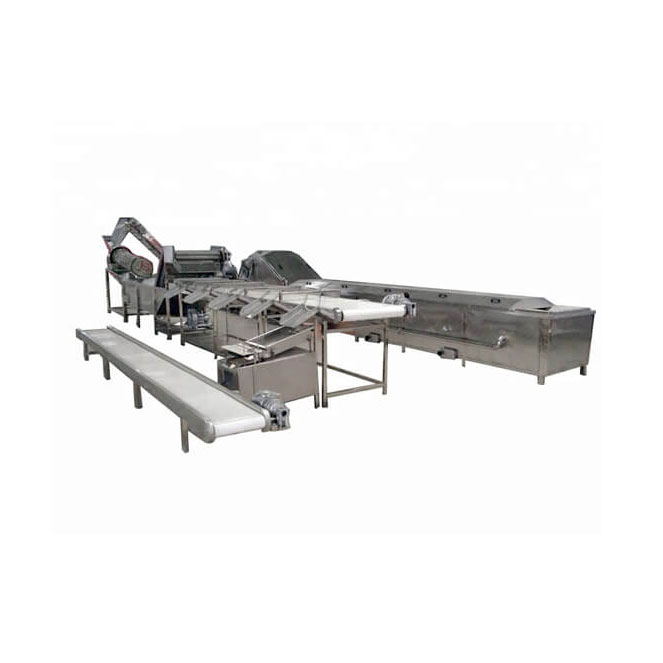
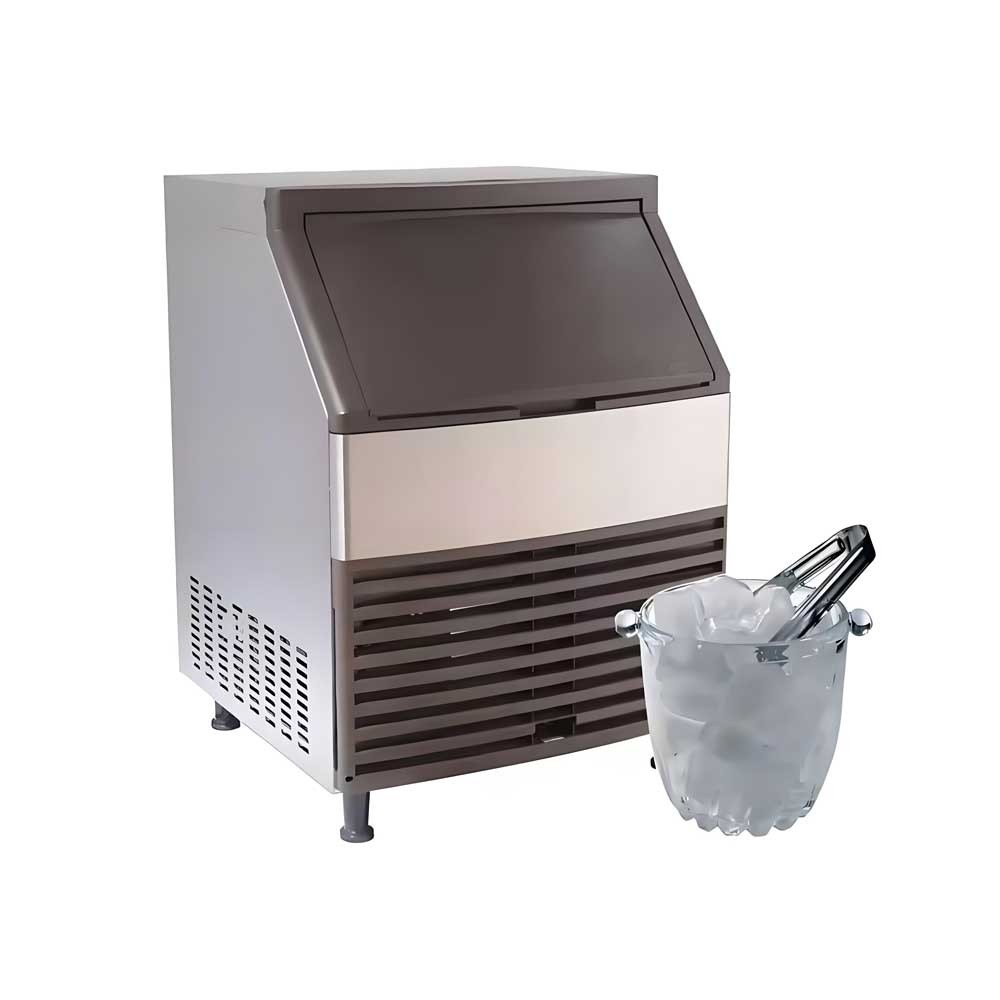
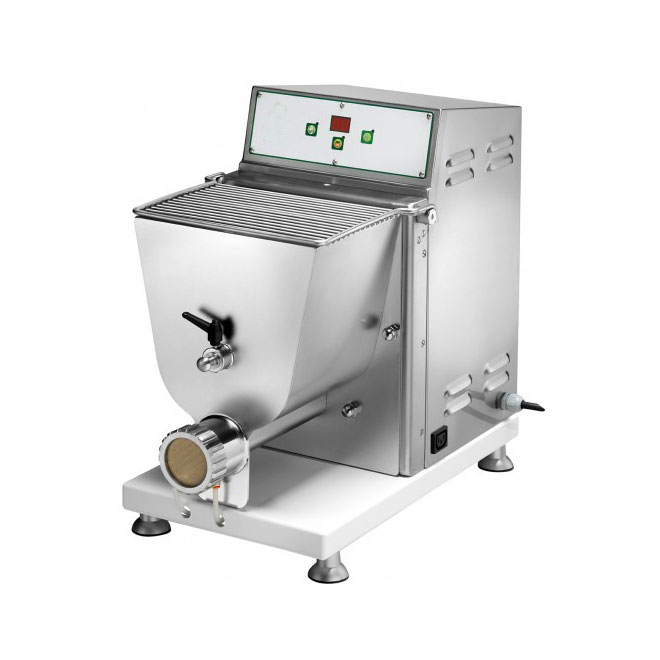 Pasta Machine
Pasta Machine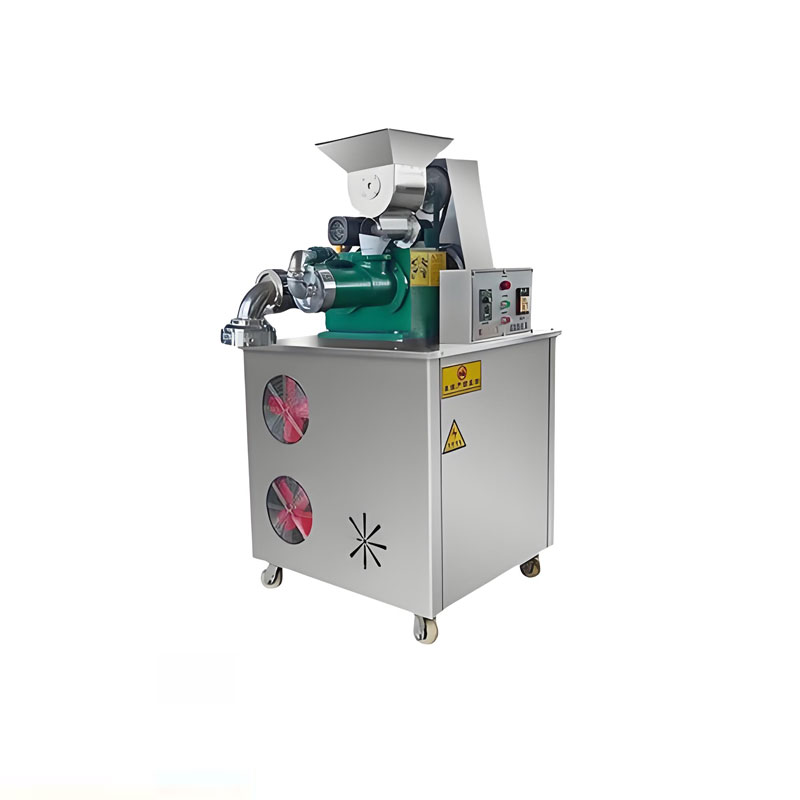 Multifunction Pasta Machine
Multifunction Pasta Machine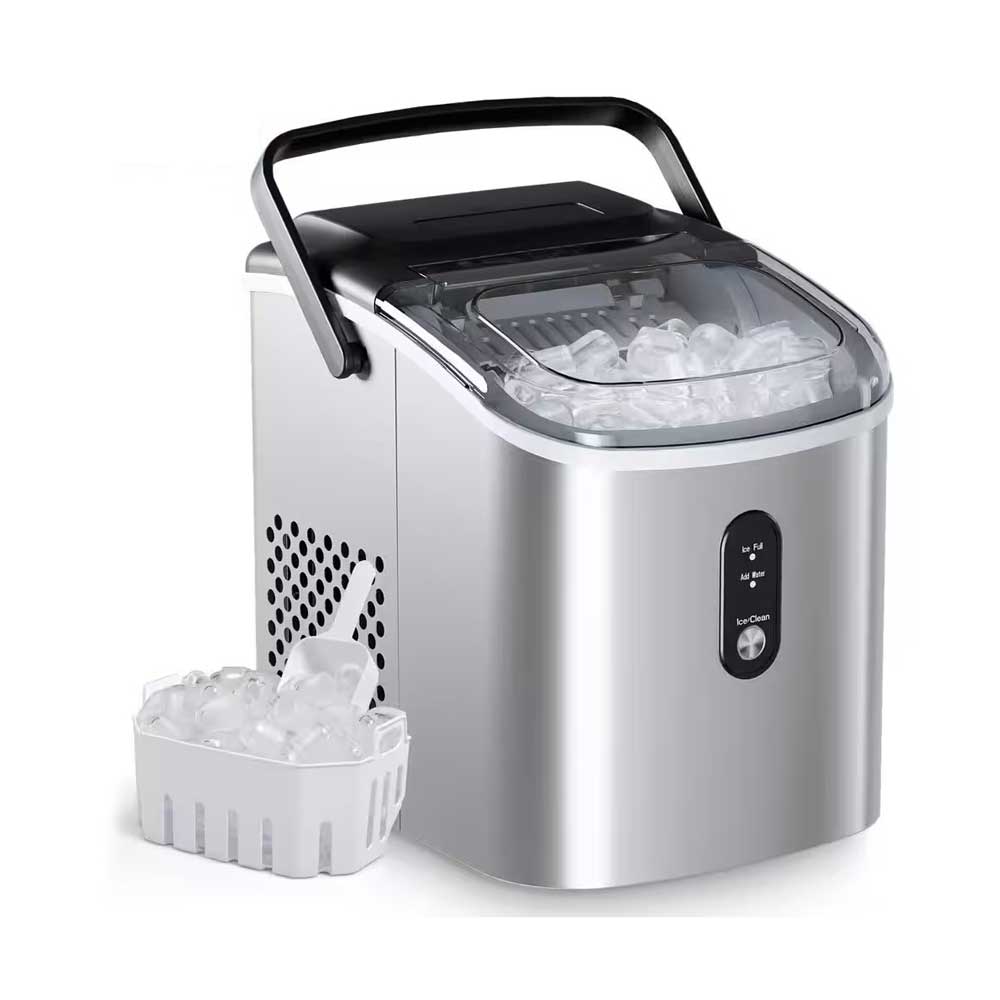 Portable Flake Ice Machine
Portable Flake Ice Machine
Ready to Get Started?